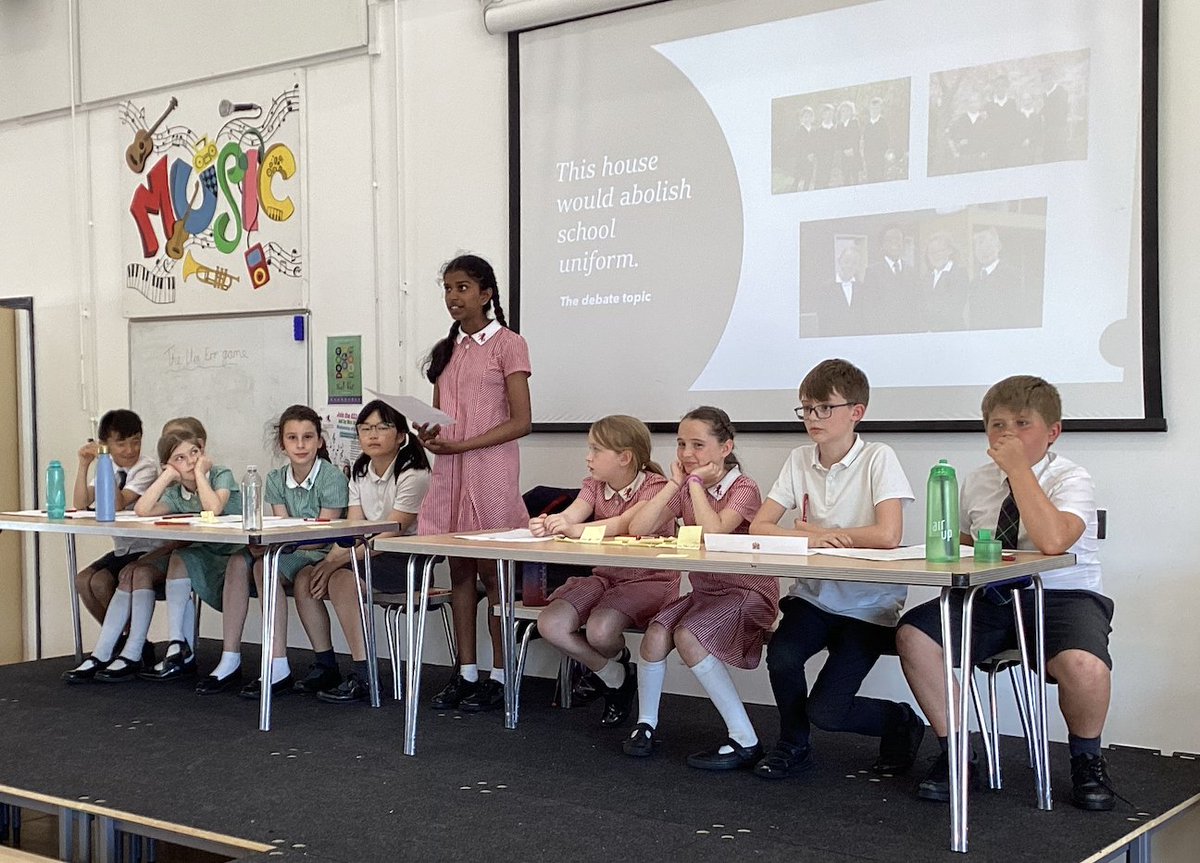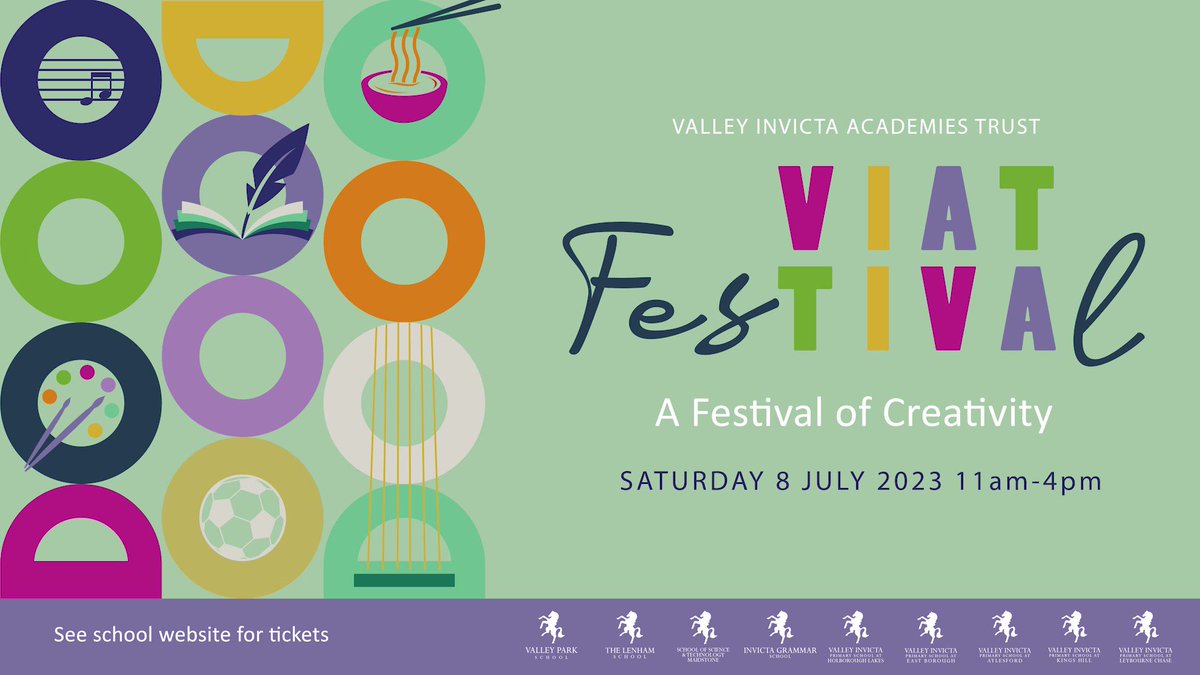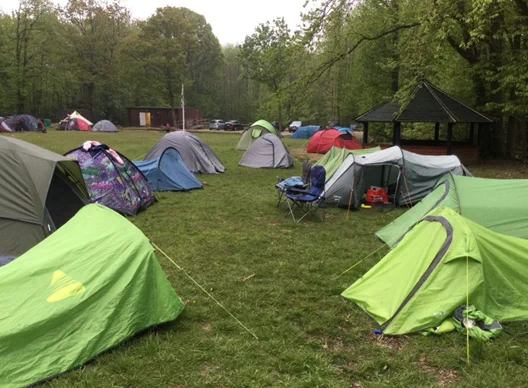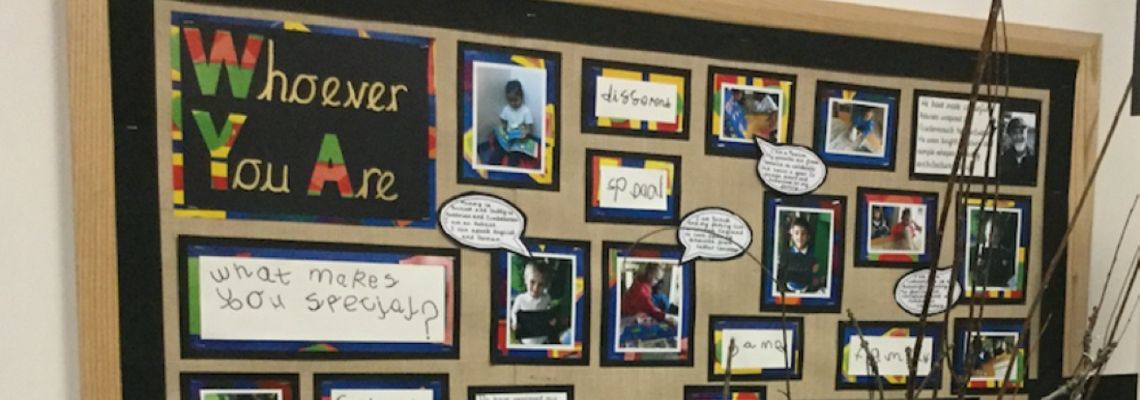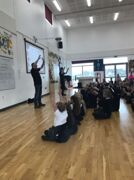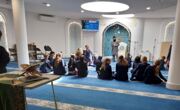Download our FREE smartphone app today!
RE
It is our intent for the Religious Education element of our school curriculum to engage, inspire, challenge and encourage pupils, equipping them with the knowledge and skills to answer challenging questions, explore different religious beliefs, values and traditions and develop a more rigorous understanding of the numerous religious traditions, beliefs and practices that are followed in our multi-cultural society. We want them to know how religious education promotes discernment and enables pupils to combat prejudice, preparing them for adult life, employment and life-long learning.
The teaching sequence in RE
Every year group’s units of work must include:
- The Big Picture, identifying what they will be learning and what they have been taught in previous year groups, to show how this build upon their previous learning.
- A daily review to provide feedback and consolidation from previous learning, using a variety of teaching strategies. (using the toolkit)
- Realistic and relevant information.
- Specific key vocabulary and its meaning.
- Opportunities for the children to work interactively, using other curriculum areas e.g music, drama, art, with the teacher acting as the facilitator.
- Individual reflection on the learning.
Assessment
In order for pupils to know more, remember more and do more in regards to RE, these aspects must be evident in the implementation of the RE curriculum throughout school. It is more appropriate, therefore, to understand the way knowledge is stored as a complex, interconnected web or ‘schema’. Every time a pupil encounters a word they have previously learned, but applied in a new context, it adds to the complexity of their understanding of that concept. In other words, they develop a deeper understanding of that concept and enhance their capacity to use that concept in their own thinking. Therefore, an example of an end of unit assessment is as follows:
Unit 1.9 - How should we care for others and the world and why does it matter? Having studied the teachings of one religion on caring, work together as a group to create an event e.g. a ‘Thank you’ tea party for some school helpers – make cakes and thank-you cards, write invitations and provide cake and drink, or organise a small fundraising event and donate the money to a local charity. Refer back to the core question: How should we care for others and the world and why does it matter?
Assessment-ladder-of-expectation
Family First Assembly Trip to Maidstone Mosque
RE Virtual Classroom
To learn all about the different religions taught a VIPS Holborough Lakes, please click here, when the documents opens you can click on the religious symbol to learn more about it.
To view our Collective Worship Policy please click here
Curriculum Intent, Implementation and Impact 1
Intention 1:
To build a curriculum subject which develops learning and results in the acquisition of knowledge.
To design a curriculum subject with appropriate subject knowledge, skills and understanding as set out in the Kent Agreed Syllabus so that children can reach and exceed their potential to learn more, understand more and remember more.
Implementation:
Scheme of work:
Holborough Lakes school follows the Programme of Study for RE as suggested in the Kent Agreed Syllabus and has a scheme of work that reflects this for each Key Stage. During each Key Stage pupils are taught knowledge, skills and understanding through learning about Christians, Muslims, Hindus, Jewish and Humanist people through three key questions: Believing, Expressing and Living. Each unit of work identifies prior learning and shows how this is built upon.
Teaching:
RE is taught in a block unit within a term to allow suitable links to be made to specific religious festivals taking place.
Resources:
Children gain a deeper understanding of the religion studied through the use of high-quality resources/artefacts
Impact:
Children will make at least good progress from their last point of statutory assessment or from their starting point in Reception.
This will be measured by:
- Progress from a child’s starting point or from the last point of statutory assessment.
- Attainment at each point of statutory assessment.
Curriculum Intent, Implementation and Impact 2
Intention 2:
To build a curriculum subject which ensures children recognise and celebrate cultural diversity.
To design a curriculum subject which results in children understanding what it means to be a British Citizen or, someone from another country who lives in Britain. To develop an awareness and tolerance of living in a multi-cultural society and being mutually respectful towards the beliefs of others.
Implementation:
Planning and Teaching:
The following skills are used, in order to strengthen the skills and deepen the understanding and knowledge taught: Investigating, Reflecting, Expressing, Interpreting, Empathising. Attitudes fundamental to RE: Curiosity and wonder, commitment, fairness, respect, self- understanding, openmindedness, critical mindedness and enquiry. These work alongside the SMSC links and British Values implemented within school as a whole.
Assemblies:
Whole school and Class. Assemblies from members of Snodland and Leybourne Church Religious Leaders from a variety of Religions Visits and Visitors: Community walks to our local church.
Pupil Discussion:
Children can discuss and compare the lives of people they have studied from a variety of different religions.
Impact:
Children demonstrate a positive attitude towards people of any religion and show an understanding of cultural beliefs different to their own. They demonstrate respectful behaviour to all and this is transferable outside of school in the wider community and beyond. Children learn about important people from the past and the present who have been or are positive role models and who are of a different race or religion.






